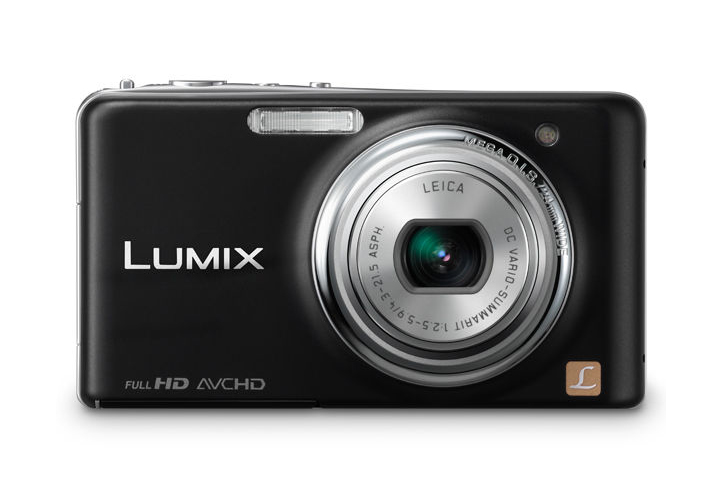Why you can trust TechRadar
Panasonic Lumix DMC-FX77 Review: Features
Inside the camera is a 12.1 megapixel high-speed CCD which features two data channels instead of the traditional one channel. This helps speed up transfer speeds, focusing and speeds up video transfer which means the FX77 can be fitted with Full HD video.
The Panasonic Lumix DMC-FX77 has a large, 3.5 inch touch screen and it's because of this that all external buttons and switches have been relocated to the top of the camera. One such button is for the dedicated one-touch video which runs at Full HD (1920x1080 pixel) and uses AVCHD, the file format originally developed by Sony and Panasonic for use in HDD camcorders.
If you're one of those lucky people that owns a 3D television, the FX77 is fully set up to record 3D images for viewing on a Viera television. Pressing the red camera icon on the back screen brings up a small recording menu. Pressing the 3D icon will set the camera up to record in 3D. Because of the single lens, it has to simulate depth perception and does this by taking 20 pictures as you pan the camera over a 10cm distance. It gains all relevant data by extracting information from the two best pictures to create a three dimensional image.
The lens is a Leica DC Vario Summicron, sporting a wide aperture of f/2.5 and a 5x optical zoom. Of course, these lenses aren't made by Leica, they're manufactured in the Panasonic factory under Leica supervision and to Leica specification. If they were, it would at least double the price of the camera.
Lens operation is quiet when zooming in and out allowing us to get close in on a few insects in our test. Images are stabilised using the Mega OIS (Optical image Stabiliser) which is Panasonic's patented IS system. It's actually very good at what it does, but after Panasonic released Power OIS a few years ago, we're surprised not to see it here. With a short zoom range the camera doesn't really need the extra compensation, but from a marketing point of view, it could've been worthwhile.
Sign up for breaking news, reviews, opinion, top tech deals, and more.
Current page: Panasonic Lumix DMC-FX77 Review: Features
Prev Page Panasonic Lumix DMC-FX77 Review: Overview Next Page Panasonic Lumix DMC-FX77 Review: Build quality